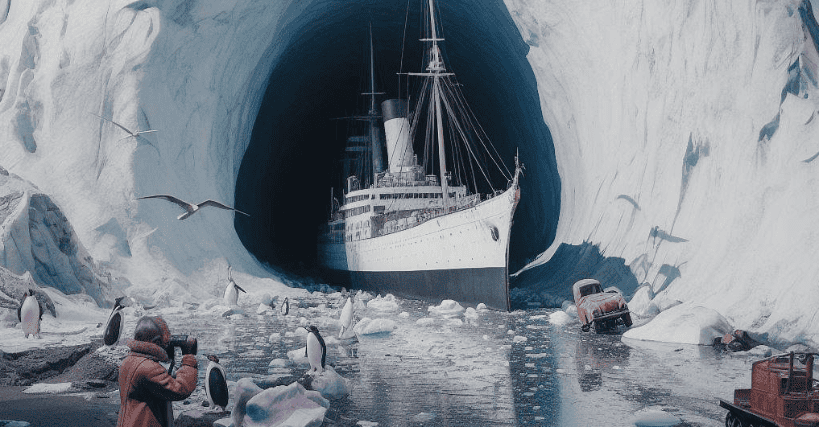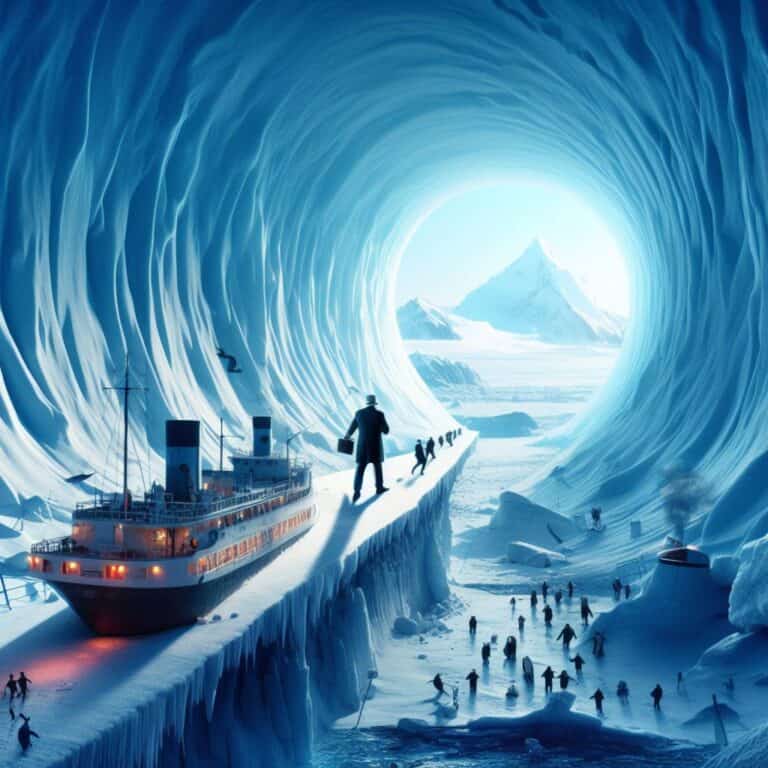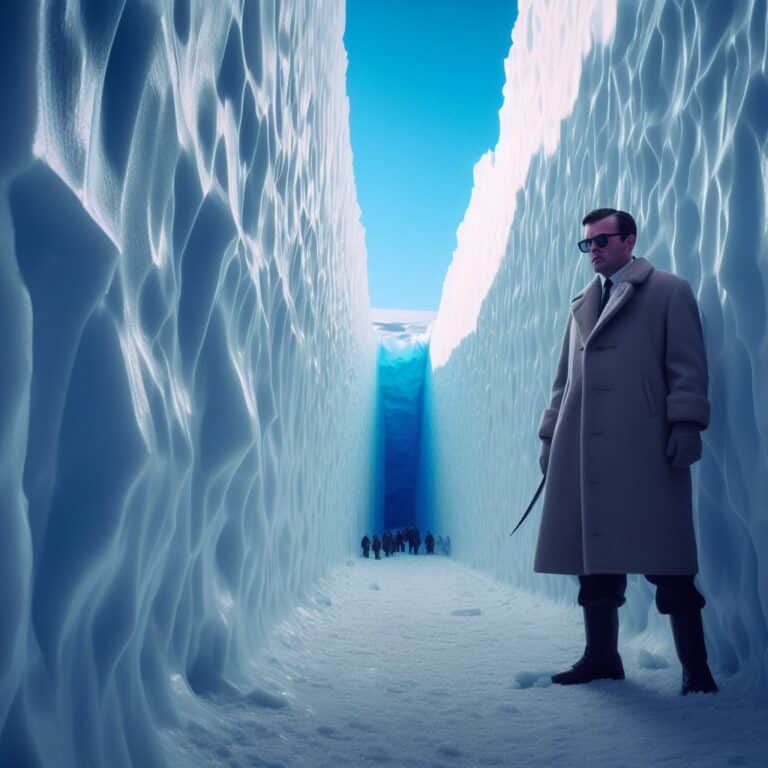
The Truman Show: Antarctica as the Ultimate Allegory for a Hidden Reality
In the 1998 film “The Truman Show,” directed by Peter Weir and starring Jim Carrey, the character Truman Burbank unwittingly becomes the star of a 24/7 reality TV show. As he gradually unravels the artificial world around him, we are forced to question the nature of our own reality. The movie’s premise can serve as an intriguing analogy to explore the idea that our perception of the world might not be what it seems, and that we could be unwitting actors in a grander scheme – a theme that can be extended to the exploration of Antarctica.
Truman’s Seemingly Perfect World:
In “The Truman Show,” Truman’s life unfolds within a meticulously constructed environment – the idyllic town of Seahaven, complete with loving neighbors, picturesque scenery, and a well-defined routine. But Truman’s growing suspicion, coupled with subtle clues, begins to hint at the artificial nature of his existence. Similarly, when we think about Antarctica, the world’s southernmost continent, it’s a place cloaked in mystery, both geographically and metaphorically. The vast, frozen landscape of Antarctica can be seen as a kind of “Seahaven” for those who dare to venture there.

The Controlled Environment of Antarctica:
Antarctica is often regarded as a pristine and unspoiled wilderness, with a harsh climate and an isolated location. However, the analogy between Antarctica and Truman’s artificial world becomes more apparent when we consider the controlled nature of human presence on the continent. Access to Antarctica is heavily regulated by international agreements and protocols, including the Antarctic Treaty System. Just like Truman’s environment in Seahaven, access to Antarctica is carefully managed to protect the continent’s delicate ecosystems.
Exploration as a Spectacle:
In “The Truman Show,” Truman’s every move is captured by hidden cameras, and his actions are broadcast to the world as entertainment. Analogously, the exploration of Antarctica has been a spectacle for the public for decades. From early expeditions to the modern-day research conducted by scientists, Antarctica has long been a subject of fascination for the world. People have followed the adventures of explorers like Ernest Shackleton and more recent scientific missions, much like viewers tuned in to Truman’s life.
Text

The Dome and the Antarctic Ice Wall:
Truman’s world is contained within a massive, dome-shaped structure that simulates the sky and weather. It keeps him unaware of the true nature of his surroundings. In the realm of conspiracy theories, some suggest that Antarctica is enclosed by an “Antarctic Ice Wall” or a similarly mysterious structure that conceals a hidden world beyond. While there is no scientific evidence to support such claims, this notion has fueled speculation about Antarctica’s true nature, just as Truman’s world is shrouded in mystery by the dome.
The Unveiling of Truth:
In “The Truman Show,” Truman eventually uncovers the deception and attempts to escape the confines of his artificial world. This mirrors the curiosity of explorers and conspiracy theorists who seek to unveil the secrets of Antarctica. They aim to uncover what might be hidden beyond the continent’s icy facade. For some, the pursuit of knowledge about Antarctica becomes a quest to escape the boundaries that limit our understanding of the world.
While “The Truman Show” is a work of fiction, it serves as a thought-provoking allegory for the exploration of Antarctica and the mysteries that shroud the continent. The film encourages us to question the nature of our own reality and consider the possibility that we might be actors in a grander scheme. Whether we are in an artificial construct or living in a natural world, our thirst for discovery and understanding continues to drive us, much like Truman’s determination to uncover the truth behind the show. Antarctica, like Seahaven, remains a place of intrigue, inviting us to explore the boundaries of our knowledge and uncover the hidden realities that may lie beneath the surface.










